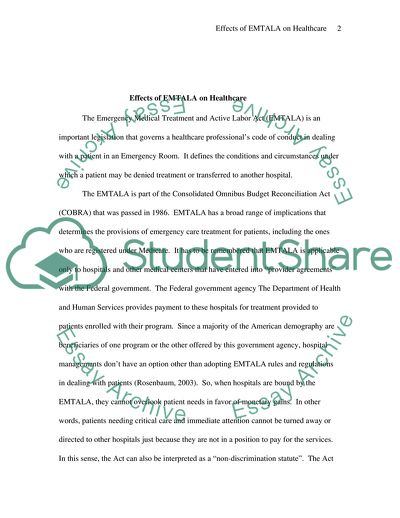Cite this document
(Effects of EMTALA on Healthcare Case Study Example | Topics and Well Written Essays - 1750 words, n.d.)
Effects of EMTALA on Healthcare Case Study Example | Topics and Well Written Essays - 1750 words. https://studentshare.org/health-sciences-medicine/1710901-effectss-of-emtala-on-healthcare
Effects of EMTALA on Healthcare Case Study Example | Topics and Well Written Essays - 1750 words. https://studentshare.org/health-sciences-medicine/1710901-effectss-of-emtala-on-healthcare
(Effects of EMTALA on Healthcare Case Study Example | Topics and Well Written Essays - 1750 Words)
Effects of EMTALA on Healthcare Case Study Example | Topics and Well Written Essays - 1750 Words. https://studentshare.org/health-sciences-medicine/1710901-effectss-of-emtala-on-healthcare.
Effects of EMTALA on Healthcare Case Study Example | Topics and Well Written Essays - 1750 Words. https://studentshare.org/health-sciences-medicine/1710901-effectss-of-emtala-on-healthcare.
“Effects of EMTALA on Healthcare Case Study Example | Topics and Well Written Essays - 1750 Words”. https://studentshare.org/health-sciences-medicine/1710901-effectss-of-emtala-on-healthcare.


